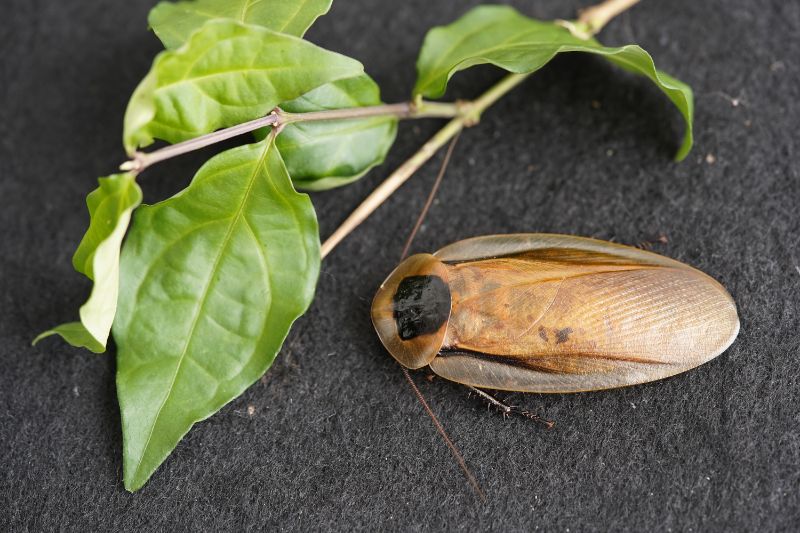What’s that sound buzzing past your ear late at night? If your guess is “Flying Cockroaches,” you’re spot on! While most types of these pesky critters don’t take to the skies, a few notorious species certainly do.
Believed to be one of the earliest flying creatures, these insects have sparked intrigue and dread in equal measure. And here’s the spoiler: Yes, cockroaches CAN fly!
Meet the American Palmetto Bug

In the States, a unique critter has made a name for it — the American Palmetto Bug or the American Cockroach. While this variety is capable of zooming through the air, commonly – they much prefer keeping their feet firmly on the ground. This scurrying about has become their trademark of sorts however, don’t be fooled! These creatures do have the power of flight on their radar.
Flying Cockroaches – The Farmers’ Unlikely Heroes

Let’s now bring the spotlight onto the Blattella Asahinai, the renowned breed making waves in the Southern US farms. Though they seem irksome on the outset, they are veritable superheroes in the eyes of farmers. What’s their superpower? Dining on crop-destroying insects, keeping the plants untouched!
Features with Tropical Flair
High on color and command, tropical cockroaches take center stage with their yellow, green, and red hues. These charming species, native to South America, boast astounding wingspans measuring up to seven inches!
Their Hardiness – A Mark of Survival?

The remarkable survival rate of these flying insects makes them stand out. Some facts that attest to the invincibility of cockroaches in general:
- They endure on minimal sustenance – even just the glue from a postage stamp, for months.
- They survive without air for up to 45 minutes, and even recover after 30 minutes of submerged existence.
- Remarkable resilience to radiation – higher than humans.
- Unfazed by dire temperatures or climates.
Yes, if an apocalypse is in store, rest assured, cockroaches will outlive us all!
See Related: 10 Surprising Facts About Tiny Bugs You Didn’t Know
Behaviour Patterns of the Flying Cockroaches
Despites being rather unlikable critters, one can’t ignore the intriguing behavior of these resilient insects. Beyond their survival skills are their intelligent methods of communication, involving emissions of pheromones and leaving trails of chemicals for mating and congregation. These olfactory markers guide other cockroaches to food, water, and hiding spots.
Light and Dark – the Preferences Vary
As primarily nocturnal creatures, cockroaches will scamper off at the first glimpse of light but with notable exceptions like the Asian Cockroach, which remarkably prefers the light!
The All-Encompassing Diet
Flying Cockroaches aren’t picky eaters. Their broad diet includes everything and anything, making them formidable scavengers. However, not all species can digest cellulose. The ones that cannot, foster symbiotic relationships with bacteria and protozoans to extract the nutrients. This eclectic diet choice makes them a tough species to get rid of, once they make a home out of your kitchen.
The key to managing the presence of these critters, the preventative measures. Bearing in mind their dietary habits, keep your homes secure with efficient caulking and steady screening systems. Prevention, after all, is better than cure!
Related Resources: